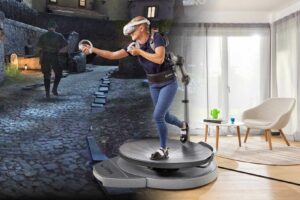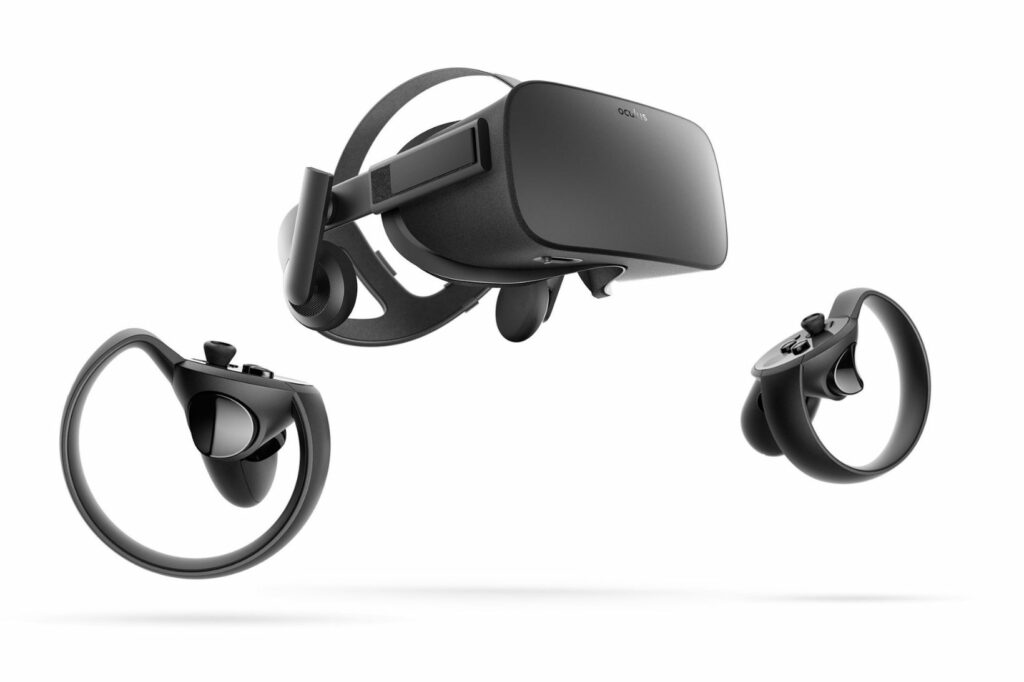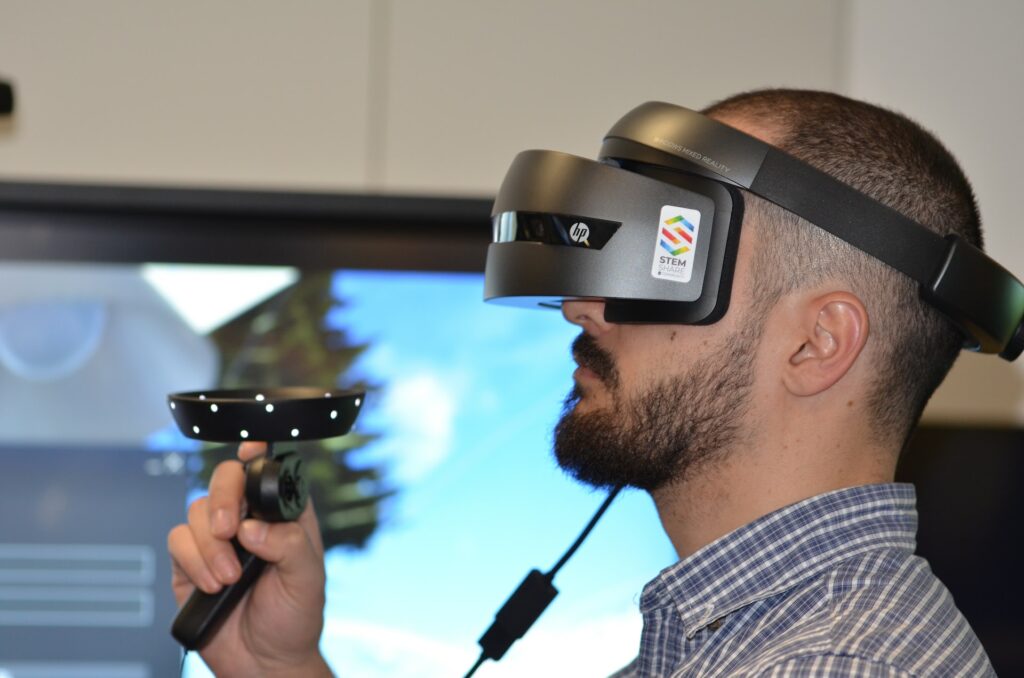In the dynamic world of technology, virtual and augmented reality companies are increasingly becoming the game-changers. They’re not just making waves in the gaming industry but are reshaping sectors like education, healthcare, and real estate.
These trailblazers are pushing the boundaries of what’s possible, creating immersive experiences that have the power to alter perceptions. They’re unlocking new avenues for businesses and consumers alike, transforming the way we interact with the world around us.
Virtual and Augmented Reality Companies

Turning dreams into digital reality, virtual reality (VR) companies are at the forefront of tech advancements. From industry pioneers to innovative startups, here’s a glimpse into these groundbreaking entities.
Building on virtual reality’s advancements, augmented reality (AR) companies also etch their mark. The opportunities they exploit are equally profound, if not more so.
Pioneers of the VR Industry
One cannot discuss VR without acknowledging its industry forerunners. For instance, Oculus, acquired by Facebook in 2014, boasts the flagship Oculus Rift. This high-performance VR headset symbolizes the company’s commitment to immersive, high-definition virtual experiences. Similarly, Samsung introduced the Gear VR, a smartphone-compatible headset, showing consumer electronics companies’ potential role in the VR domain.
Innovative Startups in VR

Not only are tech giants making waves, but several startups also demonstrate a knack for innovation in VR. Mention must be made of Virtuix Omni, a leader in active VR. They’ve coupled movement with virtual reality through their Omni treadmill, offering an immersive experience that goes beyond mere visual engagement. Additionally, NextVR, specializing in broadcasting live VR footage, steps into providing users with real-world event experiences, making them feel like they’re in a front-row seat of a concert or a sports game, right from their living rooms.
Trailblazers in the AR World
Established players in the AR industry vigorously assert their influence. Leading the pack, Microsoft’s HoloLens impresses with its robust mixed reality capabilities. It’s not just an accessory; it’s a standalone device combining an AR headset with a Windows 10 computer.

Google also stakes their claim in AR advancements. Known for Google Glass, they’ve taken strides to improve upon their past experiences.
Then there’s Apple, whose ARKit technology on iOS devices demonstrates powerful AR capabilities on a device that’s already in millions of hands worldwide.
Magic Leap, though not yet as big as the tech giants, has made considerable strides in AR. Their product, Magic Leap 1, made possible by unbelievable amount of funding, promises to bring AR into our everyday lives.
Emerging AR Enterprises
Startups are breaking into the AR space with innovative offerings. Notable among them is Blippar, which provides a platform for creating AR experiences, and has worked with many big-name brands.
Niantic stands out with their triumph, Pokemon Go. They’ve shown that gaming can bring AR into the mainstream.

DAQRI cultivates industrial applications for AR, offering heads-up display technology for workers. While Meta Company focuses on AR for the desktop environment. Despite being smaller companies, they both present substantial solutions in the AR industry.
Another company, Leap motion, is pushing boundaries with technology that allows users to interact with digital content in AR using their hand and finger movements.
These are just some of the companies, both established and emerging, making waves in the VR and AR industry today. Keep a close eye on them as VR and AR continue to evolve and grow.
The Precipice of Exponential Growth
It’s clear that VR and AR companies are revolutionizing a multitude of sectors. Giants like Oculus, Samsung, and Apple, along with startups such as Virtuix Omni and Niantic, are at the forefront of this tech evolution. They’re not just creating immersive experiences in gaming and entertainment, but also making significant strides in education and healthcare. The future holds even more promise, with the anticipated integration of AR into daily life and advancements in 3D mapping and spatial recognition software. Despite facing hurdles like high costs and potential health risks, the relentless innovation in VR and AR technologies is blurring the lines between the physical and digital realms. This trajectory points to a future where our interaction with technology is more seamless and intuitive than ever before.



